WASHINGTON D.C. – The nation’s capitol. At the heart of the country, D.C. hosts some of the most beautiful architecture you’ll find anywhere in the world.
As real estate appraisers, we find a lot of variety in D.C.- but we also find a lot of the same. Whether you want to become an expert on architecture in the district, or you’re just starting a career in real estate- as long as you learn to recognize these seven most common housing designs, you’ll do just fine.
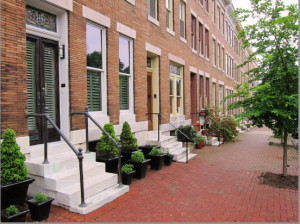 1. Federal Housing
1. Federal Housing
Federal properties are as simplistic as it gets in architecture. Starting to rise in DC in the early 1800’s, federal style houses were both easy and quick to build. They can be distinguishing from the similar Victorian-style houses popular in DC by their modest scales and low-stoops. Federal housing properties are usually symmetrical, 1-2 stories tall, and hold 1-2 bedrooms.
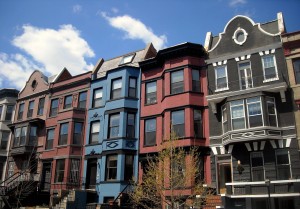 2. Victorian
2. Victorian
If you’ve ever been impressed by the architecture of a row house in Washington D.C., it was most likely a Victorian. Often found in D.C.’s historic districts, Victorian style houses differ from federal houses in that they often “pop out” of the typical flat-row housing in any way they can- they often have large window boxes or bay-windows. Curved roof peaks are another give-away. Victorian style houses are typically 2-3 stories tall, and can house as many as 5 bedrooms in the nicer ones.
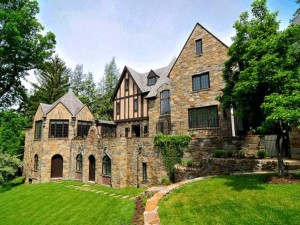 3. Tudor
3. Tudor
Revival Tudor-style homes started popping up in D.C. in the early 1900’s. Recognizable by their pointed roofs and European (almost medieval) look, Tudor properties often have decorative exposed dark wood outlining both windows and doors (this is called “half timbering”). Another give away of a Tudor property is their more complex roofing designs, using lots of slanted roofing for different sections of the home, instead of an architecture leaning closer to a single slanted roof. Tudor homes are usually asymmetrical and hold 3-5 bedrooms.
4. Beaux Arts
Beaux Art is a French term, meaning “beautiful arts.” Beaux-art houses started popping up in the United States about the same time as Tudor-style houses. They are typically very grand houses, similar to a colonial style house on a monumental scale (more of a “cathedral” feel). Some common features of Beaux-Art properties are stone construction, arched balconies, columns, and grand master stairway.
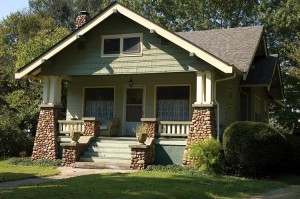 5. Bungalow
5. Bungalow
A popular home in Takoma Park, Bungalow houses were built at a steady-rate across the 20th century. Named for their similar construction to cottages found in Bengal, they are recognizable by their low-pitched roofs with lots of overhang (they almost always have a porch). Typically 1 or 1.5 stories tall, Bungalows are usually rambling, lower properties with most of the bed/bathrooms on the first floor.
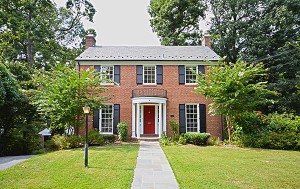 6. Colonial
6. Colonial
Colonial home construction boomed in the early 20th century in the United States. They normally have double-pane windows made of several smaller panes. Builders borrowed the ideas of the colonial-style housing from the late 19th century; using white clap-board siding and are usually built with black or green shutters decorative shutters on every window. Colonial style houses often have a window box built into their slanted roof. They are usually symmetrical with bedrooms upstairs.
7. Contemporary
Contemporary, modern style-houses are usually full of windows with a clean and open design. Often rectangular with flat roofing, they usually have multiple “boxy” sections of the house connected with smooth lines and angles that create a sleek and smooth look. You’ll see this design in some of the higher end homes around DC, but it’s most easily recognizable in condos.
There you have it- now you’re equipped to recognize about 99% of residential buildings you’ll find in the District of Columbia. We challenge you to find a residential property in D.C. that doesn’t conform to any of these styles. If you do, send us a picture on twitter @TREAGroup or anywhere else online using the hashtag #TREAGroup. As always, feel free to leave a comment or question below.
 Jonathan Montgomery is the founder and president of the The Real Estate Appraisal Group, and has been a real estate professional since 1998. He has been a broker, an investor, and currently works full-time as an appraiser. He enjoys handling real estate appraisals in Washington D.C., Southern Maryland, and Northern Virginia.
Jonathan Montgomery is the founder and president of the The Real Estate Appraisal Group, and has been a real estate professional since 1998. He has been a broker, an investor, and currently works full-time as an appraiser. He enjoys handling real estate appraisals in Washington D.C., Southern Maryland, and Northern Virginia.
#TREAGroup #RealEstate #WashingtonDC


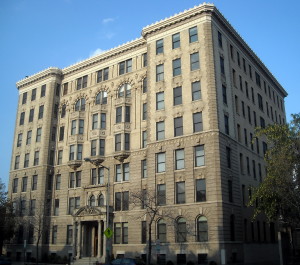
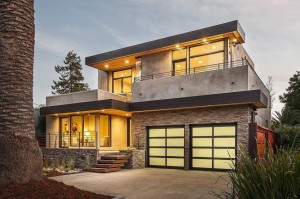

Recent Comments